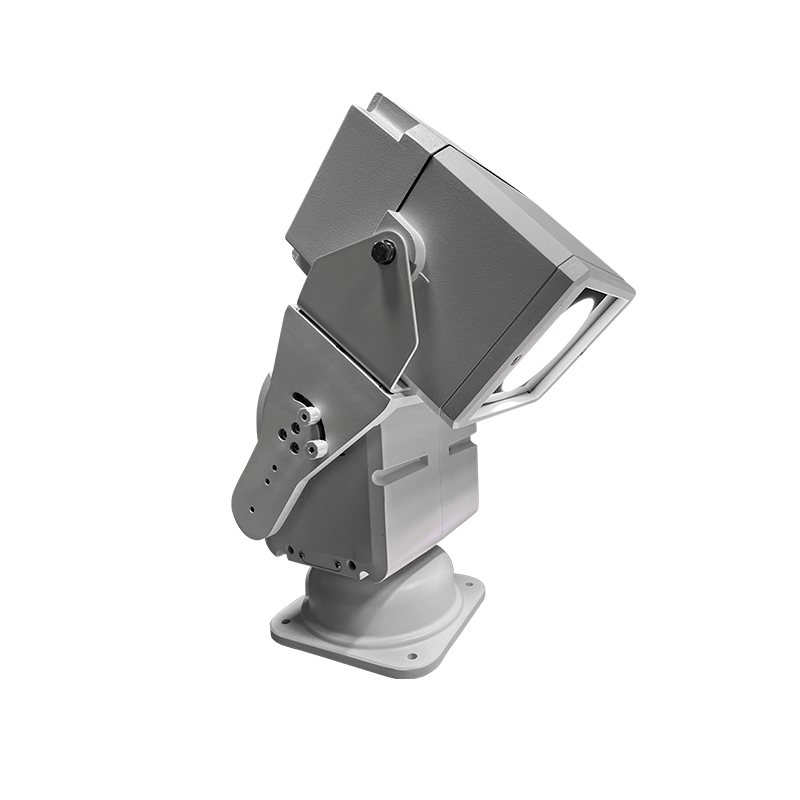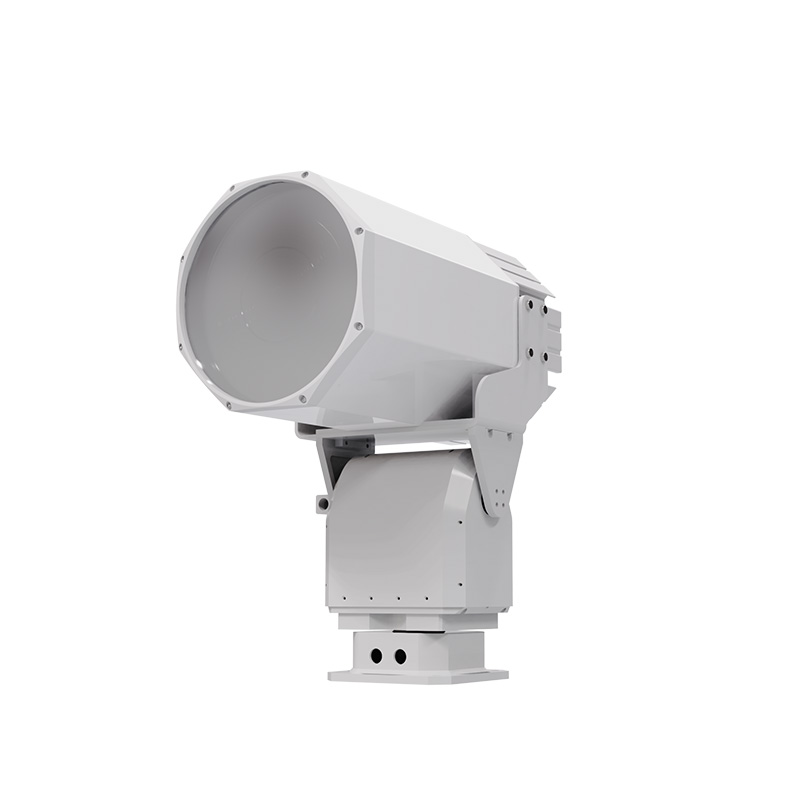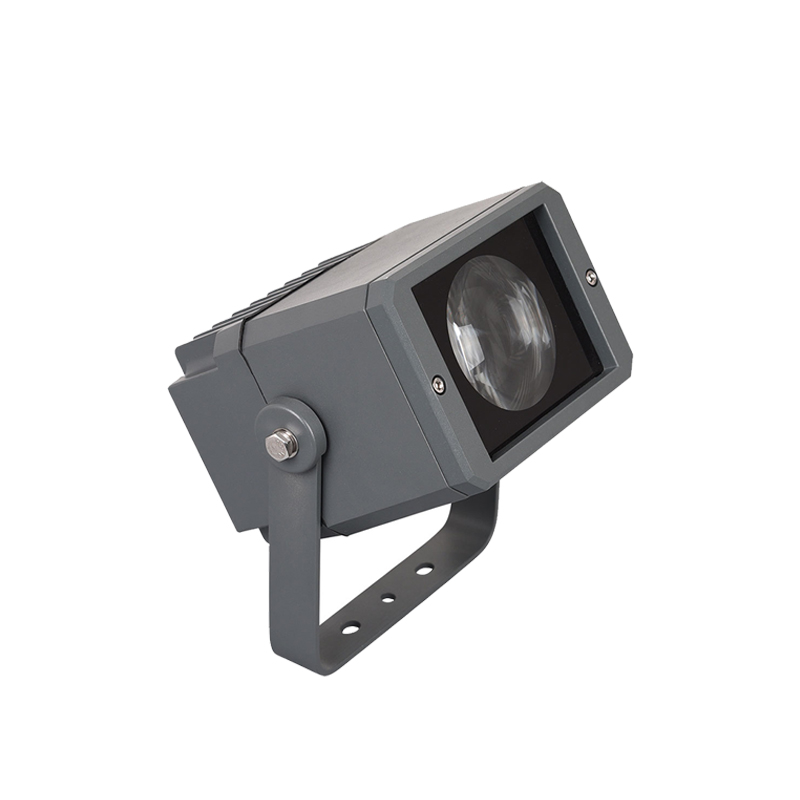Choosing the best searchlight for your needs depends on several factors, including intended use, power requirements, beam angle and additional features. The following guide can help you make an informed decision:
Table of Contents
Searchlight
A searchlight is a high-intensity light used on boats, aircraft, and vehicles for illumination and search purposes. It is typically equipped with a parabolic reflector to project a powerful beam of light in a particular direction. Search Light are typically powered by electricity and can be either halogen or LED.
What are the uses of the searchlight?
Consider the primary use of the searchlight. Will you use it primarily for navigation, search and rescue, docking and mooring, or safety? Different uses may require different features and beam types.
Navigation: Searchlights are commonly used on boats to illuminate buoys, markers, and other navigational hazards, especially at night or in low-visibility conditions. They help boaters navigate safely and avoid collisions with obstacles.
Search and Rescue: Searchlights are crucial tools for search and rescue operations, both on land and at sea. Their powerful beams can illuminate wide areas, making it easier to locate missing persons, boats in distress, or downed aircraft.
Docking and Mooring: Searchlights play a vital role in docking and mooring maneuvers, especially in low-light conditions. They help boaters safely approach docks, maneuver into tight spaces, and secure their vessels in place.
Security: Searchlights are often used as security deterrents, illuminating potential threats and discouraging unwanted intrusions. Their presence can provide a sense of security and alert authorities to suspicious activity.
Signal and Communication: Searchlights can be used for signaling purposes, communicating with other vessels or shore stations using Morse code or flashing patterns. They can also be used to send distress signals in emergencies.
Scientific Research and Exploration: Searchlights have applications in scientific research, particularly in fields like astronomy and marine biology. They can be used to illuminate celestial objects, underwater environments, or remote wildlife.
Entertainment and Events: Searchlights are often used in entertainment industry for creating dramatic lighting effects during concerts, theatrical performances, and other large-scale events. They can also be used to illuminate landmarks or draw attention to special occasions.
Military Applications: Searchlights are essential equipment for military operations, particularly in combat zones. They are used to detect enemy positions, illuminate targets for airstrikes, and provide illumination for nighttime maneuvers.
In summary, searchlights serve a wide range of purposes, from practical applications in navigation, search and rescue, and security to more specialized uses in scientific research, entertainment, and military operations. Their ability to project powerful beams of light makes them valuable tools in various settings.

What power ratings are available for Search Light?
Search Light are available in a wide range of power ratings, typically ranging from 50 watts to 1000 watts or more. The power rating of a searchlight determines the brightness of its beam, with higher wattage lights producing more intense illumination. However, higher wattage lights also consume more power, which can be a consideration for applications where power consumption is a concern.
Here’s a general breakdown of Search Light power ratings and their typical applications:
Low-power searchlights (50-100 watts): These are suitable for short-range illumination, such as docking and mooring maneuvers, or for signaling purposes.
Mid-range Search Light (150-300 watts): These are versatile options for various applications, including navigation, search and rescue, and security. They provide a balance of brightness and power consumption.
High-power Search Light (500 watts and above): These are designed for long-range illumination and specialized applications, such as military operations, scientific research, and large-scale events. They produce powerful beams that can be projected over long distances.
When choosing a Search Light, it’s important to consider the intended use and the available power source. For example, a boat with limited battery capacity may need a lower-power searchlight for everyday use, while a search and rescue team may require a high-power searchlight for long-range operations.
Here’s a summary of common Search Light power ratings and their applications:
50 watts: Short-range illumination, signaling
100 watts: Docking, mooring, close-range search
150 watts: Navigation, search and rescue, security
250 watts: Versatile search and rescue, security
500 watts: Long-range navigation, search and rescue
1000 watts or more: Military operations, scientific research, large-scale events
TUBU CORPORATE VIDEO
What is the beam angle of a searchlight?
The beam angle of a searchlight refers to the width of the light beam it produces. It is typically measured in degrees and can range from narrow spot beams to wide flood beams. The choice of beam angle depends on the intended use of the searchlight.
Narrow Spot Beams:Narrow spot beams have a narrow beam angle, typically less than 10 degrees. They produce a concentrated beam of light that can illuminate distant objects with great intensity. These beams are ideal for long-range navigation, search and rescue operations, and signaling.
Wide Flood Beams:Wide flood beams have a wider beam angle, typically 30 degrees or more. They produce a broader beam of light that can illuminate a wider area. These beams are suitable for illuminating large areas, such as docks, decks, or workspaces.
Considerations when choosing beam angle: Intended use: Determine the primary purpose of the searchlight. Narrow spot beams are better for long-range illumination, while wide flood beams are better for illuminating larger areas.
Distance of illumination: Consider the distance at which you need to illuminate objects. Narrow spot beams are better for illuminating distant objects, while wide flood beams are better for illuminating closer objects.
Area coverage: If you need to illuminate a wide area, choose a searchlight with a wider beam angle. If you need to focus on a specific object, choose a searchlight with a narrower beam angle.
Here’s a summary of typical beam angles and their applications: Narrow spot beam (less than 10 degrees): Long-range navigation, search and rescue, signaling
Medium beam angle (10-30 degrees): General navigation, all-purpose search and rescue, security
Wide flood beam (30 degrees or more): Illuminating large areas, docks, decks, workspaces
Searchlights for Sale
High-Intensity LED Marine Searchlight
- Protection class: IP66
- Power: 240W / 300W
- Luminous flux: ≥1000 lm
- Color temperature: 6000K
- Irradiation distance: ≥2500 m (1LUX)
- Beam angle: 3.5°/2.5°
Click to buy High-Intensity LED Marine Searchlight


IP66 Marine LED Searchlight
- Protection class: IP66
- Power: 80W / 100W/ 160W/ 200W
- Working Temperature: -35℃~+55℃
- Color temperature: 6000K
- Irradiation distance: ≥500 m (1LUX)
- Beam angle: 4°
Click to buy IP66 Marine LED Searchlight
What is the waterproof rating of a searchlight?
The waterproof rating of a searchlight is a measure of its ability to withstand water ingress. It is indicated by an IP (Ingress Protection) code, which consists of two digits. The first digit represents the level of protection against solid objects, while the second digit represents the level of protection against liquids.
For marine searchlights, the waterproof rating is crucial to ensure reliable operation in harsh marine environments. Here’s a breakdown of IP ratings commonly used for searchlights:
IP65: Protected against water jets from any direction, low pressure. Suitable for outdoor use in moderate rain or spray conditions.
IP66: Protected against water jets from any direction, high pressure. Suitable for outdoor use in heavy rain or washdown conditions.
IP67: Protected against temporary immersion in water (up to 1 meter). Suitable for use in close proximity to water or in areas that may experience occasional flooding.
IP68: Protected against continuous immersion in water (up to specified depths). Suitable for underwater applications or use in areas with constant exposure to water.
When selecting a searchlight for marine use, choose a model with an IP rating that matches the intended environment and usage conditions. For example, a boat that frequently navigates in rough seas or experiences heavy rain would require a searchlight with at least an IP66 rating.
What additional features are available for searchlights?
In addition to the basic function of providing powerful illumination, searchlights can offer a range of additional features that enhance their versatility and usability. These features can vary depending on the specific model and manufacturer, but some common options include:
Remote Control: A remote control allows the operator to control the searchlight’s functions, such as power, beam angle, and intensity, from a distance. This can be particularly useful for applications where the searchlight is mounted in a difficult-to-reach location or when the operator needs to remain mobile while controlling the light.
Remote Pan and Tilt Control: With remote pan and tilt control, the operator can adjust the direction of the searchlight beam without physically moving the light fixture itself. This is especially beneficial for applications where precise control of the beam direction is crucial, such as search and rescue operations or security surveillance.
Strobe Mode: Strobe mode emits a flashing pattern of light, which can be used for signaling purposes or to attract attention in emergency situations. Strobe mode can also be used as a deterrent against intruders or to disorientate potential threats.
Color Filters: Color filters can be attached to searchlights to modify the color of the emitted light. This can be useful for specific applications, such as aviation signaling, marine navigation, or nighttime wildlife observation.
Integrated Cameras: Some searchlights incorporate integrated cameras, allowing the operator to view the illuminated area directly from the control panel or remote device. This can be valuable for applications where visual observation is essential, such as search and rescue or security monitoring.
Environmental Sensors: Advanced searchlights may incorporate environmental sensors, such as temperature, humidity, or motion detectors. These sensors can trigger automatic activation of the searchlight or adjust its settings based on environmental conditions.
Multiple Light Sources: High-end searchlights may feature multiple light sources, such as a combination of LED and halogen bulbs. This allows for switching between different beam characteristics, such as spot and flood, or for redundancy in case of a light source failure.
Intelligent Control Systems: Intelligent control systems can be integrated into searchlights to provide automated operation, adaptive beam control, and integration with other security or navigation systems. These systems can enhance efficiency and optimize performance in complex applications.
Weatherproofing and Durability: Searchlights designed for outdoor or marine use should be weatherproof and durable to withstand harsh conditions, such as rain, salt spray, and extreme temperatures.
Compliance with Regulations: Searchlights intended for specific applications, such as marine navigation or aviation signaling, should comply with relevant regulations and standards to ensure safe and effective operation.
These additional features can significantly enhance the functionality and versatility of searchlights, making them valuable tools for a wide range of applications beyond basic illumination.

What is the reputation of the searchlight brand?
When choosing a marine searchlight, it’s crucial to consider the brand’s reputation for producing high-quality and reliable products. A reputable brand will have a history of satisfied customers, positive reviews, and a commitment to innovation and quality control. Here are some factors to consider when evaluating the reputation of a marine searchlight brand:
Customer Reviews: Check online reviews from verified purchasers to gain insights into the brand’s performance, durability, and customer service. Look for consistent patterns of positive feedback and testimonials from satisfied customers.
Industry Recognition: Check if the brand has received any awards or recognition from industry experts or publications. This can indicate that the brand is respected and considered a leader in the marine lighting industry.
Product Specifications: Compare the specifications of searchlights from different brands to ensure you are getting the features and performance you need for your intended use. Pay attention to factors like power rating, beam angle, waterproof rating, and additional features.
Warranty and Support: Check the warranty terms and customer support policies offered by the brand. A comprehensive warranty and responsive customer support can provide peace of mind and indicate the brand’s commitment to its products.
Industry Experience: Consider the brand’s experience and track record in the marine lighting industry. A long-standing company with a proven history of innovation and quality can be a more reliable choice.
Brand Reputation: Research the brand’s overall reputation in the marine industry. Check for any negative feedback or controversies related to product quality, safety, or customer service.
Professional Recommendations: Seek recommendations from experienced boaters, marine professionals, or industry experts who can provide insights into the reputation and performance of different brands.
Third-party Testing: If available, check for independent testing results or certifications that verify the performance and safety of the searchlight models from the brand you are considering.
By carefully evaluating these factors, you can make an informed decision about the reputation of a marine searchlight brand and choose a product that meets your needs and provides reliable performance for years to come.
Article recommendations
Marine Search Light: Making Your Voyage Safer: How to Choose the Best Searchlight? You Need To Know The Lighting Technology In Cattle Shed: How to Choose the Best Searchlight? TUBU Led VS. Philips LED: Which LED Tube is Better?: How to Choose the Best Searchlight? How To Choose The Best LED Tri-Proof Light Manufacturers For 2023: How to Choose the Best Searchlight? TUBU’s Light for Cows is Suited to Every Farm Stable and Farmyard: How to Choose the Best Searchlight?